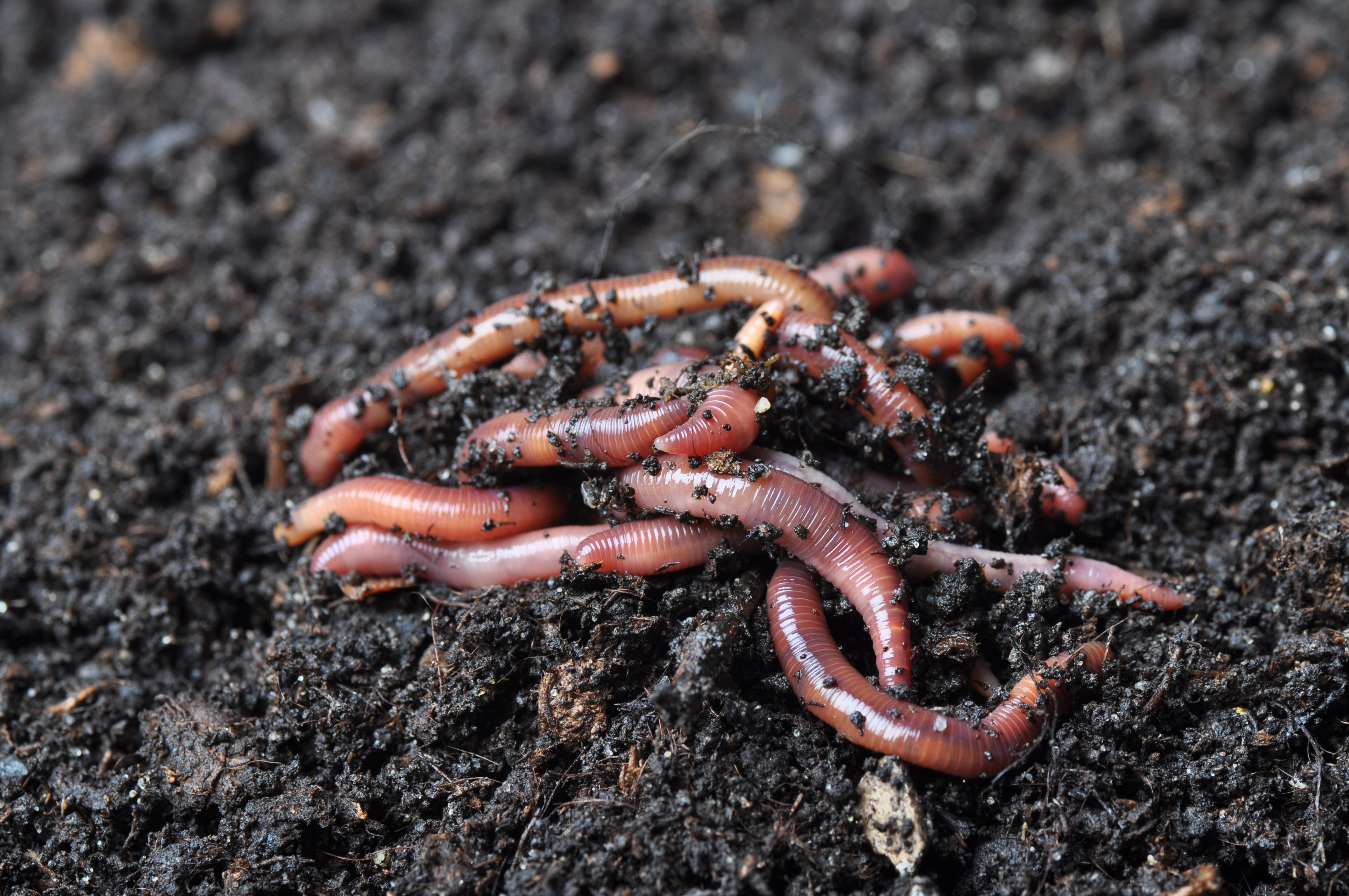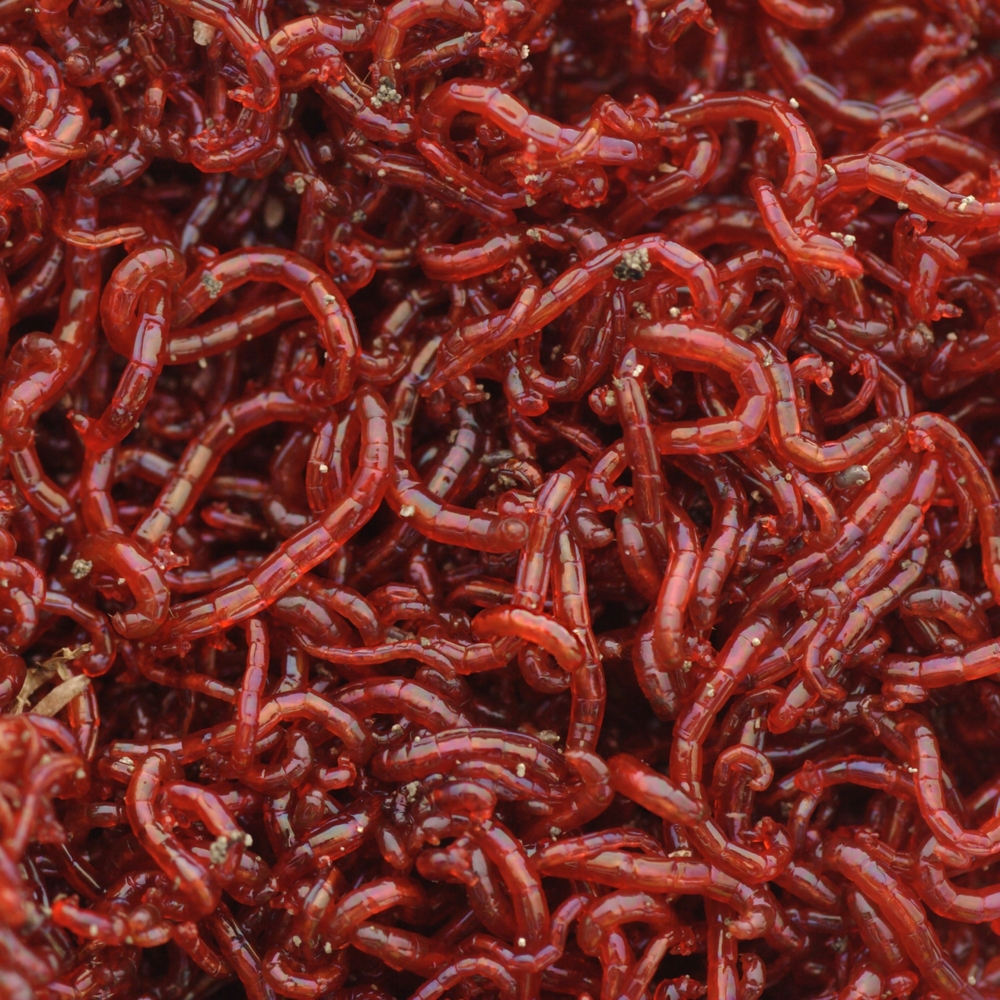The Role of Red Wigglers in Sustainable Gardening
The combination of red wigglers right into sustainable horticulture practices uses an engaging technique to improving dirt health and wellness and lowering organic waste. The implications of using red wigglers extend past plain composting; their duty in forming an extra sustainable future warrants a deeper exploration of their advantages and practical applications.
Comprehending Red Wigglers
Red wigglers, medically recognized as Eisenia fetida, are a types of earthworm renowned for their duty in sustainable horticulture and composting practices - red wigglers. These worms prosper in disintegrating raw material, making them particularly effective in transforming cooking area scraps and backyard waste right into nutrient-rich garden compost. Unlike standard earthworms, red wigglers have a greater resistance for differing moisture degrees and can flourish in settings with bountiful natural product
(red wiggler worms)Classically, red wigglers are smaller than their earthworm equivalents, generally determining between 3 to 4 inches in size. They have a reddish-brown pigmentation and have a fractional body framework that assists in their burrowing and feeding activities. These microorganisms are hermaphroditic, implying each individual has both male and female reproductive organs, which enables effective population growth under ideal problems.
The environment choices of red wigglers consist of moist, dark atmospheres rich in organic content, such as compost containers or worm ranches. Their eco-friendly role prolongs past composting; they are essential in freshening the dirt and promoting nutrient biking, which inevitably contributes to healthier yard ecosystems. red wigglers. Recognizing the biology and actions of red wigglers is crucial for those seeking to implement efficient vermicomposting in sustainable gardening
Benefits of Vermicomposting
Vermicomposting offers numerous benefits that enhance lasting horticulture practices and add to ecological health. One of the main benefits is the transformation of natural waste into nutrient-rich compost, which enhances dirt framework and fertility. The spreadings created by red wigglers are packed with helpful microorganisms and crucial nutrients, making them a superb natural plant food.
In addition, vermicomposting significantly reduces land fill waste. By diverting kitchen scraps and backyard waste from land fills, this technique not just reduces methane discharges-- a powerful greenhouse gas-- yet also promotes a circular economic situation, where waste is repurposed as a resource.
Another benefit is the improvement of soil oygenation and drainage (red wigglers). The burrowing task of red wigglers produces networks in the soil, permitting air and water to pass through even more quickly, thus cultivating a healthier root system for plants
In addition, vermicomposting can be done on a small range, making it obtainable for urban garden enthusiasts and those with restricted area. This approach encourages ecological stewardship and understanding, as individuals become much more involved with their waste administration practices. Inevitably, vermicomposting represents a lasting, reliable, and eco-friendly method to gardening that profits both plants and the earth.
Just How to Begin Vermicomposting
Starting your own vermicomposting system can be a rewarding undertaking that boosts your sustainable gardening techniques. To begin, pick an appropriate container, such as a plastic bin or wood box, with great drain and ventilation. The dimension will depend on the quantity of cooking area scraps you generate; a container of 10-14 gallons typically is sufficient for a family.
Following, prepare the bedding product. Shredded paper, cardboard, and coconut coir are excellent alternatives, offering a comfy environment for the red wigglers. Go for a bedding depth of regarding 4-6 inches, which need to be wet however not soaked.
As soon as the bed linens is established, introduce your worms. Red wigglers (Eisenia fetida) are one of the most appropriate for composting. Start with approximately one pound of worms for every 2-3 pounds of kitchen scraps weekly.
Begin adding kitchen waste, avoiding meat, milk, and oily foods, as these can bring in insects and produce smells. Routinely keep track of the container's moisture degrees and temperature level, ensuring it remains within the perfect variety for worm task. With these initial actions, you'll be well on your method to developing nutrient-rich compost for your yard.
Keeping a Healthy And Balanced Worm Container
A thriving worm container requires constant treatment and focus to preserve an optimum environment for the red wigglers. Secret variables to keep an eye on include moisture degrees, temperature level, and food supply. Maintaining a dampness degree akin to a wrung-out sponge is crucial; way too much water can result in anaerobic conditions, while insufficient can dehydrate the worms.
Temperature level is also critical, as red wigglers thrive in a series of 55 to 77 levels Fahrenheit. Severe temperature levels can emphasize the worms, potentially resulting in death. Placing the bin in a climate-controlled location or using insulating materials can aid control temperature level fluctuations.

Finally, oygenation is crucial. Routinely transforming the bedding and using a fork or shovel can prevent compaction and advertise air movement, making sure a healthy, flourishing environment for the red wigglers. By adhering to these practices, garden enthusiasts can preserve a productive worm bin that sustains sustainable horticulture efforts.
Effect On Soil Health And Wellness
Enhancing dirt health and wellness with the use of red wigglers is a fundamental facet of lasting horticulture. By eating organic matter, red wigglers damage down complex products right into simpler substances, a procedure understood as vermicomposting.

(red wigglers near me)Researches have revealed that dirts enriched with worm spreadings exhibit raised microbial task and enhanced fertility, bring about higher plant returns. By including red wigglers into gardening techniques, garden enthusiasts not only improve their soil yet likewise add to a much more lasting farming system, highlighting the interconnectedness of soil health and wellness and environmental stewardship.

Verdict
To conclude, red wigglers significantly contribute to lasting Get More Info gardening through their efficient vermicomposting methods. Their capacity to convert natural waste into nutrient-rich garden compost enhances soil fertility and supports a diverse microbial ecological community. Their burrowing activity improves dirt aeration and water retention, profiting plant wellness. By promoting waste reduction and promoting a circular economic climate, red wigglers emerge as necessary elements in environmentally friendly gardening efforts, emphasizing their important duty in ecological sustainability.